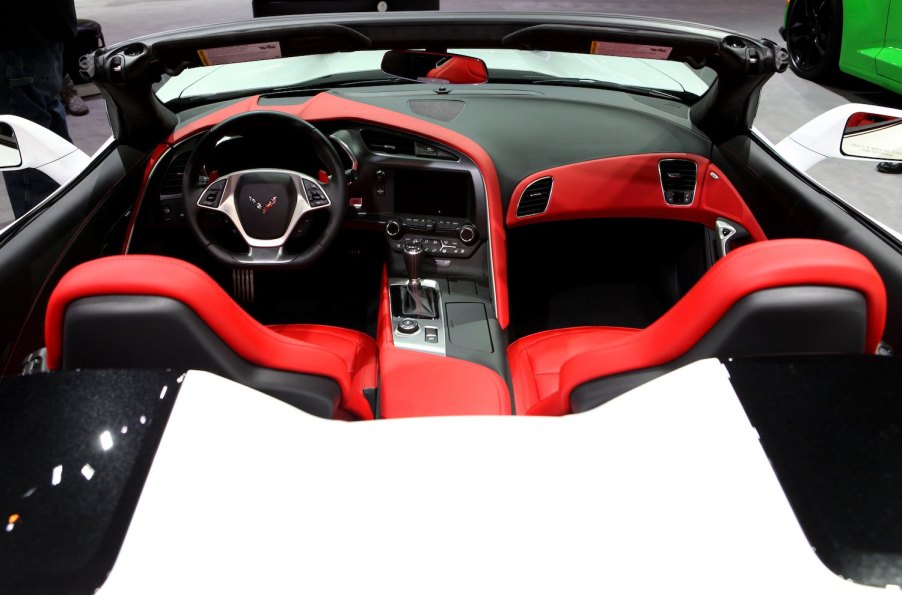
Is the Manual Transmission Still Being Developed?
We hear often of the traditional clutch-operated, h-pattern manual transmission’s demise, yet some cars still use it. It’s no longer an option on certain sedans like the Honda Accord or Toyota Camry, and when automatic transmissions have become so much faster and more efficient, it makes sense. However, there are still a small number of drivers who prefer the control that a manual transmission offers, so are they just left in the dust? Not quite. Manual transmissions feature lots of interesting technology that make operation much easier and for some drivers, perhaps less distracting.
Automatic rev-matching manual transmission

Keeping within the bounds of a power band is crucial to keeping speed. Downshifting into a corner can lose a lot of revs, thus the engine is no longer within that powerband. The heel-toe technique allows the driver to keep the RPMs up while downshifting. The driver uses their right foot to tap both the brakes and throttle while simultaneously shifting gears. At least they used to.
Modern manual transmissions, like in the C7 Corvette, do this automatically. All the driver has to do is downshift, and the car takes care of the rest. The engine matches its speed to the selected gear. Aside from improving performance, it helps protect the engine as well. Shifting into a gear that’s too low can cause the revs to climb past the redline, which could permanently disable the engine.
No-lift manual transmission shifting
A technique normally reserved for drag racing involves shifting without releasing the throttle. Using this method doesn’t sacrifice revs, however, you need to be fast. In a drag race, the engine is already at redline with each shift. So unless you can put the clutch in, gear up, and clutch out within a nano-second, this technique should probably be avoided, unless you have the technology. It’s also called “power shifting”.
Power shifting is dangerous for an engine, but luckily GM has stepped in for this as well. The feature boils down to software that manages the engine’s revs as the driver shifts without lifting the throttle. It’s basic, but works to a delight and certainly serves to eradicate headaches that new stick drivers may experience.
Other modern conveniences

The bane of stick drivers, especially inexperienced ones, is the dreaded incline. Hills disrupt confidence, cause ruckuses, and destroy friendships. The hill start assist feature isn’t new, but it is a blessing. Shifting into gear while on an incline will actually hold the car stationary for a few seconds, allowing the driver to connect the clutch with the flywheel. In other words, drivers can comfortably take their foot off of the brake in a stick-shift car on an incline right after they’ve shifted into gear. It only lasts a few seconds, so be ready.
Stick-shift cars also recently got the engine stop-start feature. At a stoplight in neutral and a fully released clutch pedal turns off the engine to save fuel. Depressing the clutch pedal turns the engine on again. Whatever your thoughts are on the controversial engine stop-start feature, it’s nice that some manual drivers aren’t missing out.
More to come?
There may be more to come for the manual transmission, but as it readies its swan song, it’s probably not worth waiting for. Driving a manual transmission car has changed in a lot of ways, and while it may have gotten lazier, these features make the whole concept far more accessible to new drivers. Perhaps these features will be the savior of manual transmission.


